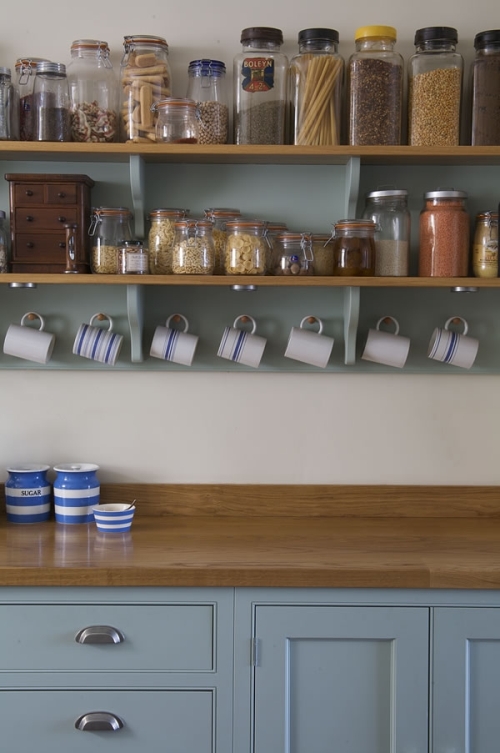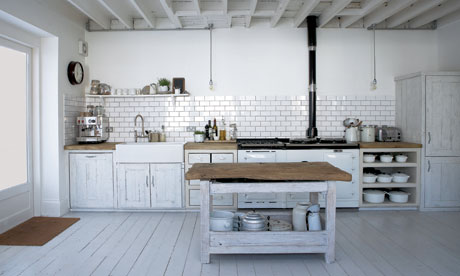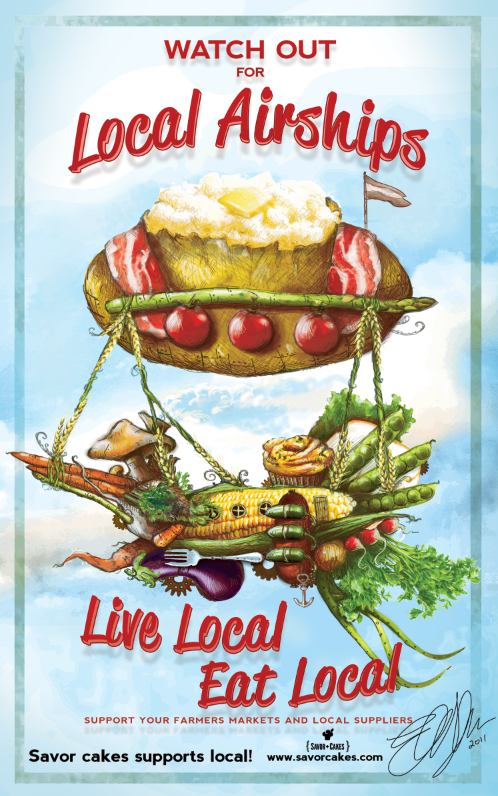Posted by
J.W.
This post was delayed, but I'm pleased to share an update. Elizabeth Marek successfully raised the money to build her Steampunk Savor Cakes cart in Portland! Back in July I was lucky enough to do an interview with her, asking her about the cart. The race between deadline and funds was close, which was a very big deal, since if she hadn't made the amount, Kickstarter rules she wouldn't have gotten any of her funding! Thank you so much to anyone who read my blog and participated!!!
All the best to Liz. Hopefully, we'll have an update direct from the cart someday!
Category:
Interviews,
plugs,
Steampunk
0
comments
Posted by
J.W.
 |
| The ModVic Stove, via Steampunk Home |
 |
| The Alternative Living Expo in Philadelphia |
The Alternative Living Expo in Philadelphia was held last March (and according to Doctor Fantastiques Show of Wonders, will be held again in 2012, so stay tuned!). This past year it included the ModVic’s Back Home to the Future Show, which originally debuted at the Piers Village and Antique Show in New York last Fall. ModVic started as a husband and wife team working to both restore and modernize their beautiful Victorian home in Massachusetts. What started as a work of love for them has become a full-fledged business. Look here for their website, and more pictures of their breath-taking home.
The blog, The Steampunk Home is another excellent resource, constantly scouring the web for new ideas.
 |
| Spice Rack from SteampunkThings.com |
Another great resource seems to be the "industrial" movement, taking items that were part of industry, and turning them into household items. It's important to avoid shiny silver items meant for industrial (as in professional hotel or restaurant) kitchens, though, as that is heading in the wrong direction.
 |
| From HouseBeautiful on Cottage-Style Designs |
Other, more standard keywords that can be helpful in finding Steampunk ideas are "Modern-" or "New Victorian", and English Colonial.
 |
| From DigsDigs on Modern Victorian Style |
 |
| From Barn Light Electric |
 |
| Susie Steiner of The Guardian on "Vintage Utility" |
Category:
aesthetics,
Steampunk
1 comments
Posted by
J.W.
 | ||
| Original picture removed, reasons to be disclosed eventually. In the meantime, here's a bunny with a pancake on it's head. |
When I was 15, I had a part-time job weeding for the nursery business of a family friend. Her home was on land that had once been a part of the family farm, and included oddities like walking onions, red wheat still sprouting up in odd corners, and the most strange apple tree I had ever seen. This gnarled old tree had small apples (before it started getting trendy to market them as "lunchbox sized") that were yellow-green with a small peach blush where the sun hit. If you bit into one, it wasn't sweet! It was starchy, almost like a potato, with a little sour-sweet after taste. The texture, too, was different then any apple I had ever seen...denser. I was fascinated by those apples, and got permission to take home a bucket full.
Eating them out of hand was, obviously, not very pleasant, but when cooked or dried in rings, all the mellow flavor came right out. If I'd known how at the time, it would have made rich and creamy applesauce, especially paired with a more tart variety...and so began my awareness that there was something else out there, more then what could be bought at my local supermarket.
What is an Heirloom plant?
Whether choosing produce at your local farmer's market, or picking species to grow in your own backyard, more and more people today are choosing old varieties, often referred to as Heirloom plants. Here's how it works: in the 30's-50's, as shipping fruit and vegetable across the continent became more common, growers began to hybridize plants looking for traits that would insure their plants were the market king. While during the Nineteenth Century (and earlier), you would find lots of different local varieties sold, chosen by the grower based on factors like climate and soil conditions, and by the buyer based on what they wanted to do with the produce in question, by the 50's only two or three shipped varieties could be found in the average market.
 |
| Slow Food USA |
The registry on Orange Pippin has more then 2,500 varieties of apples(out of as many as 15,000 varieties once grown in America). They come in all shapes and sizes, range in color from yellow and green to bright red, to so dark they're almost black (take a look at the Arkansas Black if you don't believe me).
On the other hand, while super markets are slowly adding more varieties, by the 1950's it had boiled down to three: Red Delicious, Golden Delicious, and Granny Smith.
Why are Heirloom's better? Weren't those types chosen for a reason?
The common grocery store varieties were chosen for a reason: they have a large cellular structure that acts like packing peanuts, i.e. lets them ship with minimal bruising. They are also large, have a bright, easily recognizable color(which marketing has found looks more visually appealing, leading to brand loyalty), and have a high yield (many fruit from a given plant).
| Black Oxford |
In addition, all the the common grocery apples often pose problems for the home grower. They are bred for areas like Washington State, and won't get enough cold hours during the fall and winter in the South (where a Winesap, or Victoria Limbertwig would shine), and they aren't hardy enough for my neck of the woods, like a Russian Alexander or a Tioga from Minnesota.
Where can I find Heirloom apples?
While many grocery stores are doing their best to get in on the act by keeping more varieties, many of the best are going to be disappointing when picked green and shipped while they ripen. Trust me, you will be happier if you buy local! Apple season is going to start once the weather cools down, watch for carts, roadside stands and farmer's market stands. Talk to the person you're buying from; ask what they would recommend, and buy some for eating, and others specifically for cooking and preserving. If you're particularly daring, and have the equipment for applications like brewing, try your hand at cider!
 |
| A list of apple events from Saveur |
Starting apple season with a hunt in mind lends a sense of adventure to the cooling air and changing colors of autumn. Who knows what treasures are waiting if you look? Your taste buds will thank you!
For a great Heirloom catalog, I would strongly recommend Trees of Antiquity. They just sent me their winter catalog, and are starting their 2012 pre-orders now, so hurry if you're interested!
If you have an heirloom apple tree, and need to identify it, your local chapter of Slow Food USA can often help.
Category:
apples,
dried fruit,
fall,
history,
pies,
Why Choose Heirloom?
5
comments
Posted by
J.W.
Ham bone from a Sunday baked ham (as well as all the drippings in the bottom of the pan)
Chicken bones from hot wings
Carrots, garlic, onion, celery
Tops of fresh and roasted peppers
Corn cobs
Tomato tops
A few whole peppercorns
Thyme
Parsley
Bay leaves
Chicken bones from hot wings
Carrots, garlic, onion, celery
Tops of fresh and roasted peppers
Corn cobs
Tomato tops
A few whole peppercorns
Thyme
Parsley
Bay leaves
Category:
Stock
1 comments

